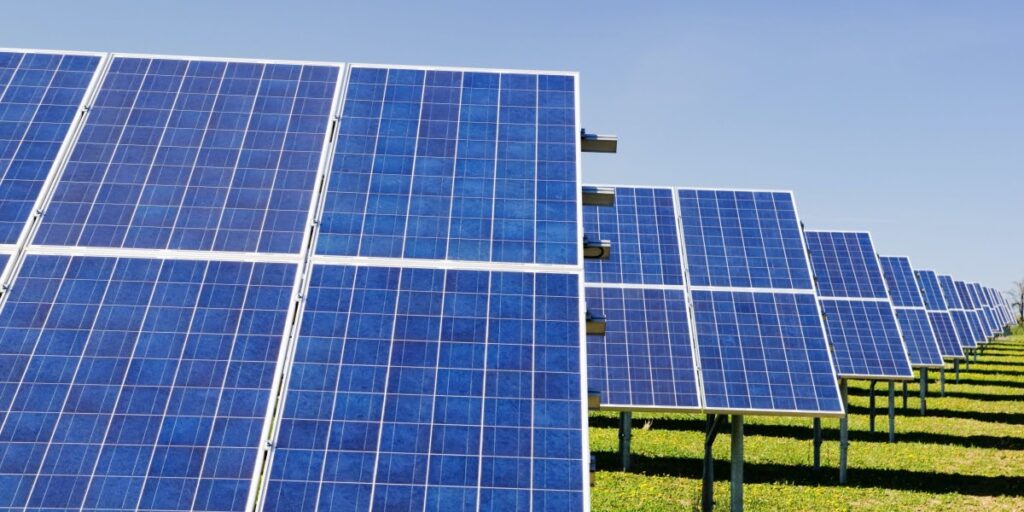
As the price of traditional utilities has increased and more and more businesses seek to become energy-efficient, installing solar energy options is becoming a choice for many companies.
But before you add solar panels to your building’s roof, it’s important to fully investigate whether the cost of investing in solar energy will be offset by long-term savings on your energy bills.
Things to Consider
Before you make the jump to solar energy over standard sources, it’s important to get a handle on the reasons behind choosing solar, as well as some of the potential logistical pitfalls you may face.
Some things to consider include:
- Does your business require a lot of power? The more power you require, the bigger your grid will need to be or, alternatively, the more likely you are to need to supplement generated solar power with another source.
- Are you in an area where the cost of electricity is high? The higher local electricity prices, the more dramatic your long-term power savings will be.
- Do you have available land or roof space for a solar installation? Being able to easily install your solar array on or near your building is going to make things a lot easier than if you’re unable to install on-site.
- Does your planned location receive adequate sunlight? Installing a solar array in a shady area isn’t going to do you as much good as installing one in an area that gets several hours of direct sunlight.
- Would you consider investing in solar if your business could become more profitable by reducing operating expenses? Many businesses look only at the upfront cost of installing solar, letting the price tag scare them off, when the long-term savings will more than make up for the initial expenditure.
If you answered yes to most of the above questions, your business might be a prime candidate for a solar array installation.
Size of Your Solar Installation
Once you have decided to further explore adding solar, you want to hire a knowledgeable solar contracting firm.
Your contractor can help you determine the specifics of your project, such as the size of array you’ll need and how best to orient individual components.
Some key factors to keep in mind when determining the size of your solar installation include:
- Orientation of your roof: Solar panels facing directly south harvest the most energy because of the orientation of the sun, but those that face east or west also can work.
- Panel angle or tilt on the roof: If your building has a flat roof, you likely will need racking to put the panels at a 10-degree angle. Sloped roofs require racking that is flush-mounted to the roof.
- Shade: The less shade the area where you’re installing panels gets, the better off for your overall collection.
- Usable space: The more space you have, the more likely you are to be able to install an array that can equal or come close to your energy needs. If you’ve got a smaller area, you may need to supplement your solar energy with another source.
Components of a Solar Installation
Understanding the overall upfront cost of a solar array installation comes down to knowing just what’s included in your contract.
If you’re opting for a turn-key solar power system – as most commercial installations are – you can expect it to include:
- Panels
- Racking
- Inverters
- Monitoring system
- Engineering documents
- Local building permits
- Utility application fees
- Utility interconnection fees
- Balance of system components
- All labor for installation, connection, and system testing
- Labor warranty
While the total price of a turn-key system can be shocking initially, considering everything that is included in the price makes it seem less expensive.
Help Paying for Solar Installation
Even though a turn-key system gives you everything you need for a solar array installation for one price, and you know that your overall energy use will be much lower and less costly, having the capital on-hand to pay can be a struggle for many businesses.
To help defray the cost, there are some programs and credits that can be used to help defray the price of an install.
One program, the Federal Solar Incentive Tax Credit (ITC) returns a percentage – 26 percent in 2020 – of the installation costs in a tax credit, as well as a 100 percent bonus depreciation. This allows you to depreciate the total cost of a solar array in the tax year in which your array is put into service.
These incentives significantly reduce the initial capital investment to your business, making the project more appealing to anyone who has to deal with the budget.
In addition to federal programs, many states have their own incentives that can help offset the cost of a solar array.
Energy Auditing Software for Business
If getting your business energy costs and usage under control is one of your goals for this year, start with a thorough energy audit to see what needs to be shored up. With Field Auditor by EMAT, you can complete a detailed energy audit of all your buildings and systems more quickly, more accurately, and less expensively than a traditional pen-and-paper audit. Schedule a demo today!